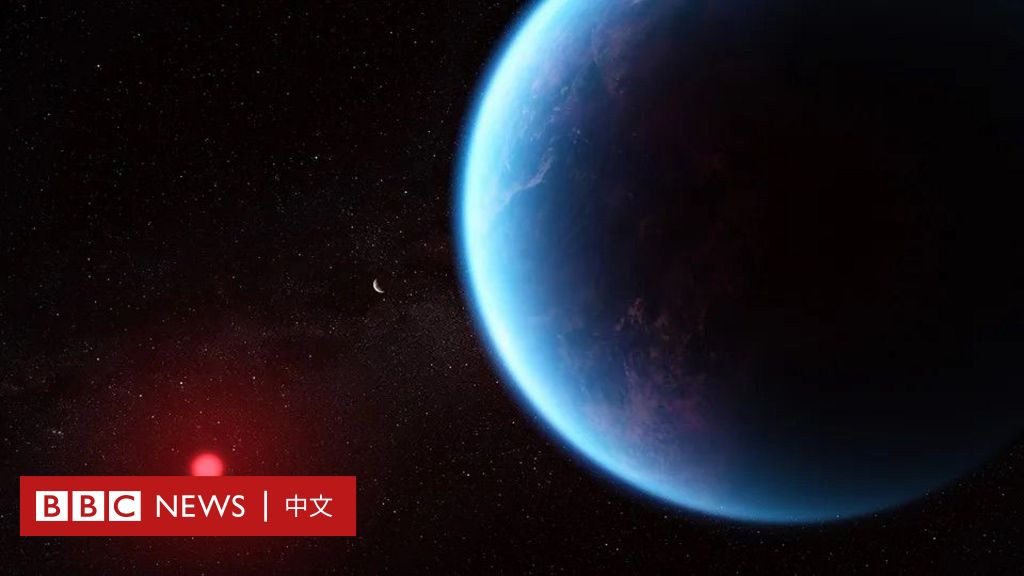K2-18b: Possible Life Signs Found? A Deep Dive into the Exoplanet's Potential
The discovery of water vapor on exoplanet K2-18b in 2019 sent ripples of excitement through the scientific community. Now, new research suggests the possibility of even more significant findings – potential biosignatures indicating the presence of life. While caution is warranted, the implications of this research are monumental, sparking renewed interest in the search for extraterrestrial life. This article delves into the latest findings surrounding K2-18b, exploring the evidence, the challenges, and what this means for the future of astrobiology.
What Makes K2-18b So Special?
K2-18b is a super-Earth, an exoplanet significantly larger than Earth but smaller than Neptune, orbiting within the habitable zone of its red dwarf star, K2-18. This habitable zone, also known as the Goldilocks zone, is the region around a star where temperatures are potentially suitable for liquid water to exist on a planet's surface – a crucial ingredient for life as we know it.
Key Characteristics of K2-18b:
- Location: Orbits within the habitable zone of the red dwarf star K2-18.
- Size: Approximately twice the size of Earth.
- Mass: Eight times the mass of Earth.
- Atmosphere: Contains water vapor, and potentially other biosignature gases.
The presence of water vapor was initially confirmed in 2019 using data from the Hubble Space Telescope. This discovery alone was groundbreaking, making K2-18b one of the few known exoplanets in the habitable zone with a detectable atmosphere. However, the latest research focuses on the possibility of more than just water.
The New Evidence: Potential Biosignatures
Recent studies analyzing data from the Hubble Space Telescope have suggested the potential presence of other gases in K2-18b's atmosphere, such as methane and possibly even dimethyl sulfide (DMS). While not definitive proof of life, these gases are considered potential biosignatures – substances produced by biological processes.
Challenges in Interpretation:
- Atmospheric Modeling: Accurately modeling the atmospheric composition of an exoplanet is incredibly complex, requiring advanced techniques and powerful computational resources.
- Contamination: Distinguishing between biosignatures and other geological or atmospheric processes can be difficult. Further research is crucial to eliminate alternative explanations.
- Observational Limitations: Current technology has limitations in its ability to fully characterize the atmospheres of exoplanets. More powerful telescopes and instruments will be needed to obtain higher-resolution data.
The Future of K2-18b Research
The James Webb Space Telescope (JWST), with its vastly improved observational capabilities, is expected to play a crucial role in future research on K2-18b. Its powerful infrared instruments will allow for a much more detailed analysis of the exoplanet's atmosphere, potentially confirming or refuting the presence of biosignatures.
Upcoming Research & Technological Advancements:
- JWST Observations: Scheduled observations with JWST are expected to provide significantly more detailed atmospheric data.
- Next-Generation Telescopes: Future ground-based and space-based telescopes will offer even greater sensitivity and resolution, pushing the boundaries of exoplanet research.
- Advanced Atmospheric Modeling: Ongoing development of sophisticated atmospheric models will improve our ability to interpret observational data.
Conclusion: Hope and Caution
The possibility of life beyond Earth is a question that has captivated humanity for centuries. While the evidence regarding K2-18b is still preliminary and requires further investigation, the potential discovery of biosignatures represents a significant step forward in our quest to understand our place in the universe. It is crucial to maintain a balanced approach, embracing the excitement of potential discovery while acknowledging the need for rigorous scientific verification. The future holds the promise of further research, unlocking more secrets of this intriguing super-Earth and potentially revolutionizing our understanding of life beyond our planet. Stay tuned for updates as this exciting story unfolds!
Call to Action: What are your thoughts on the potential discovery of life on K2-18b? Share your opinions and insights in the comments below!
